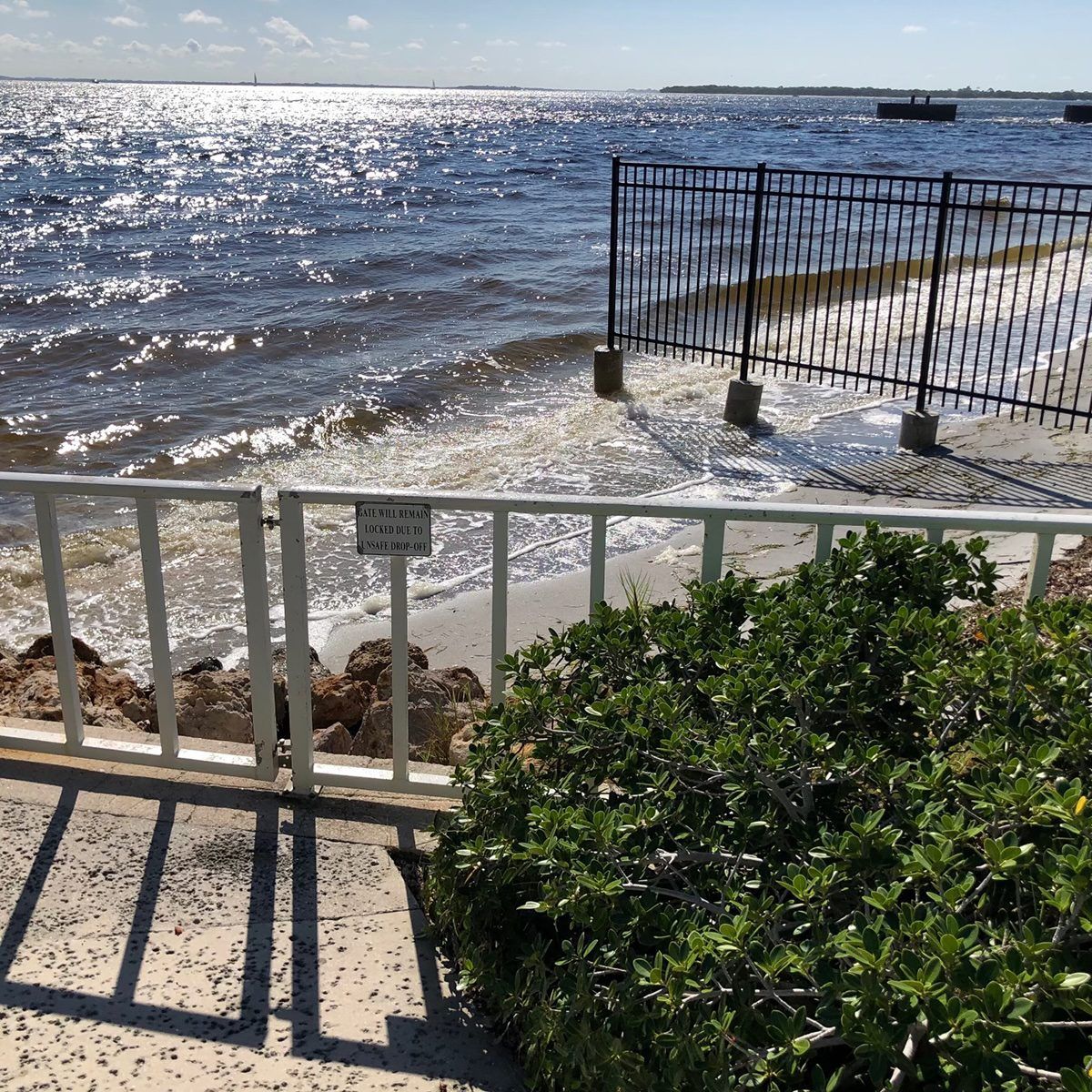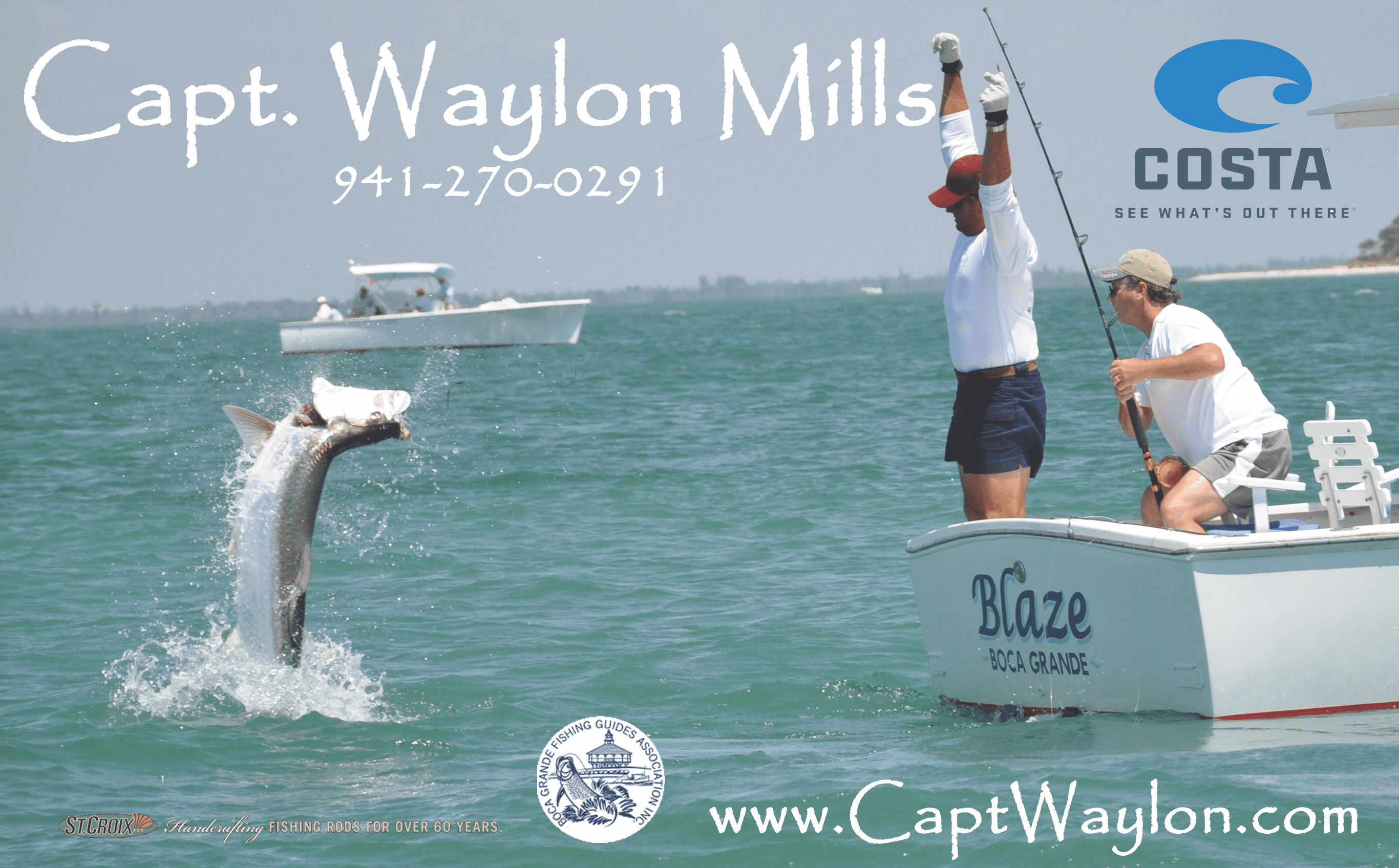Customary Use Doctrine helps clarify some issues of public beach access

Above, a fence at the south end of the island in November 2021 at Hill Tide became the subject of discussions about the customary use of beaches, as it blocked walkers. Boca Beacon archives
BY MARCY SHORTUSE
Tuesday, June 24, was a big day for Florida beaches, as Gov. Ron DeSantis signed into law Senate Bill 1622. It is a new piece of legislation that replaces a 2018 statute (House Bill 681) requiring that beachfront communities had to prove the public’s “customary use” of beaches.
Prior to this change, homeowners who were insisting the beaches in front of their homes were private had the upper hand, as it was up to communities and lawsuits from the public to prove “customary use.” The new bill requires just the opposite – that beachfront homeowners have to provide the proof that the beaches where their homes are located have not been customarily used by the public … in each individual court case.
Stephen “Pepper” Uchino, president of the Florida Shore and Beach Preservation Association, supported the legislation. Uchino is an attorney and was formerly staff director of the Senate Environment and Natural Resources Committee. In March, he told the Florida Senate Judiciary Committee that the bill would allow the state to “go back to where we were pre-2018 and support the ‘customary use’ of beaches,” to ensure that Florida’s main economic driver of tourism remains open and available.
“This is a statewide bill of importance to us, to keep the beaches public and accessible,” said Uchino, who became personally involved with the issue when he was challenged while he was on a Panhandle beach.
The general legal idea of “customary use” and land originated in English common law. A 1993 Cornell Law review article by Andrea Loux referenced the idea to a case in 1608. Customary use was at that time defined by juries to “challenge the gentry who sought to rid the country of customary use rights.” Loux also wrote that juries could test the validity of the use by the “testimony of elderly members of the community.” The land use also had to be uninterrupted, and from ancient usage.
For Florida’s beaches, customary use means that the public has used a beach for recreation for as long as anyone can remember, even if the beach is considered to be private property. That is the situation in Boca Grande, a place where vastly diverse groups of residents and visitors have thought nothing of sharing the same beaches for more than 100 years.
In recent years, though, there have been some instances on Gasparilla Island where private property owners have attempted to keep the general public off “their” beach. The question of who owns the beach came up in May of 2021 when the developers of Hill Tide Estates, located on the very southern tip of Gasparilla, put up signs and what they claimed to be security cameras at their property boundary that abuts the Gasparilla Island State Park, on the beach that faces Charlotte Harbor. Later in the year, in October, fences had been erected on the beach. It wasn’t only visiting beachgoers who were angry about the fence, but also residents of the island who had included that part of the beach in their daily walks.
HB 681, signed into law by former Gov. Rick Scott, came about after a vicious years-long battle between some Walton County beachfront residents and those who supported the public’s right to beach access. One statistic released during that time showed that while only five percent of Walton County’s residents lived on the beach, they were attempting to block almost 95 percent of beach access by disallowing people to cross over their properties.
This wasn’t the first bill that was introduced to repeal HB 681. In early 2020, State Representative Evan Jenne of Hollywood and Senator Lori Berman of Palm Beach introduced almost identical bills – Senate Bill 6063 and House Bill 1680 – to replace HB 681. Jenne’s bill was indefinitely postponed and withdrawn from consideration in March of that year and eventually died in Civil Justice Subcommittee. Berman’s bill was also indefinitely postponed, but eventually died on its own after being withdrawn.
This new bill, introduced five years later by Sen. Jay Trumbull of Panama City, was co-written by Berman and Sen. Darryl Rouson of St. Petersburg.
In regard to beach ownership in situations where customary use is not found, the public is always allowed to walk along or below the “wet sand” mark on the beach, meaning the part of the beach where the average highest tides come in.
Above that line, ownership can be questioned in many circumstances, but as is the case with the then Hill Tide Estates fence, those questions are often not answered, and rarely enforced. When asked about the legality of the beach blockade, county department heads have avoided the question or deferred to outside agencies.
This week, in response to the Beacon, Lee County Communications Director Betsy Clayton did explain the law, as the county sees it.
“The Customary Use Doctrine involves the government’s ability to declare the public’s right to use privately owned sandy areas adjacent to mean high tide if the public use has been ancient, reasonable, without interruption, and free from dispute. Dirty Duck 16004 LLC v. Town of Redington Beach, 375 So.3d 774 (Fla. 2d DCA 2023). Essentially, Florida’s Customary Use Doctrine allows for prescriptive easements over private property to access beaches for recreation,” wrote Clayton.
The issue is not unique to Lee County; just this month, signs have gone up on the south end of Little Gasparilla Island in Charlotte County, where boats have often beached.
The unanimity of opinion from the legislature, courts and governor on customary use can alleviate questions and litigation, and has enshrined the idea into law. However, those who have been involved with the issue expect it to continue to be an issue.
Urban planner, historian and archaeologist James J. Miller PhD, an author of the book “An Atlas of Maritime Florida,” was an expert witness and was deposed in the original Walton County case. Miller served for 20 years as Florida’s state archaeologist. While he has retired from his work, which includes developing an archaeological program for the Bahamas, in the Walton case he made references to the tradition of public use going back to pre-Columbian times. In spite of the clarity of the law, he does not see the discussion ending.
“I can’t see this going away,” said Miller, reached Monday. “People have dug in so much, and the money invested is so large.”
Florida case law on beaches
The recreational use of the sandy area adjacent to mean high tide has been ancient, reasonable, without interruption and free from dispute, such use, as a matter of custom, should not be interfered with by the owner. However, the owner may make any use of his property which is consistent with such public use and not calculated to interfere with the exercise of the right of the public to enjoy the dry sand areas as a recreational adjunct of the wet sand or foreshore area.”
“The public right, if it is to reflect the reality of the public’s actual use of the beach, must migrate. The law cannot freeze such a right at one place any more than the law can freeze the beach itself.”
“No part of Florida is more exclusively hers, nor more properly utilized by her people than her beaches. And the right of the public of access to, and enjoyment of, Florida’s oceans and beaches has long been recognized by this Court.”
— City of Daytona Beach v. Tona-Rama, Inc., Fla. 1974
“Where the public has used the dry sand area of a beach for recreational purposes continuously, openly, and without dispute, that use may give rise to a public easement by custom, and local governments may act to protect that interest”
— Dirty Duck v. Town of Redington Beach, Florida 2nd District Court of Appeal, 1987.









